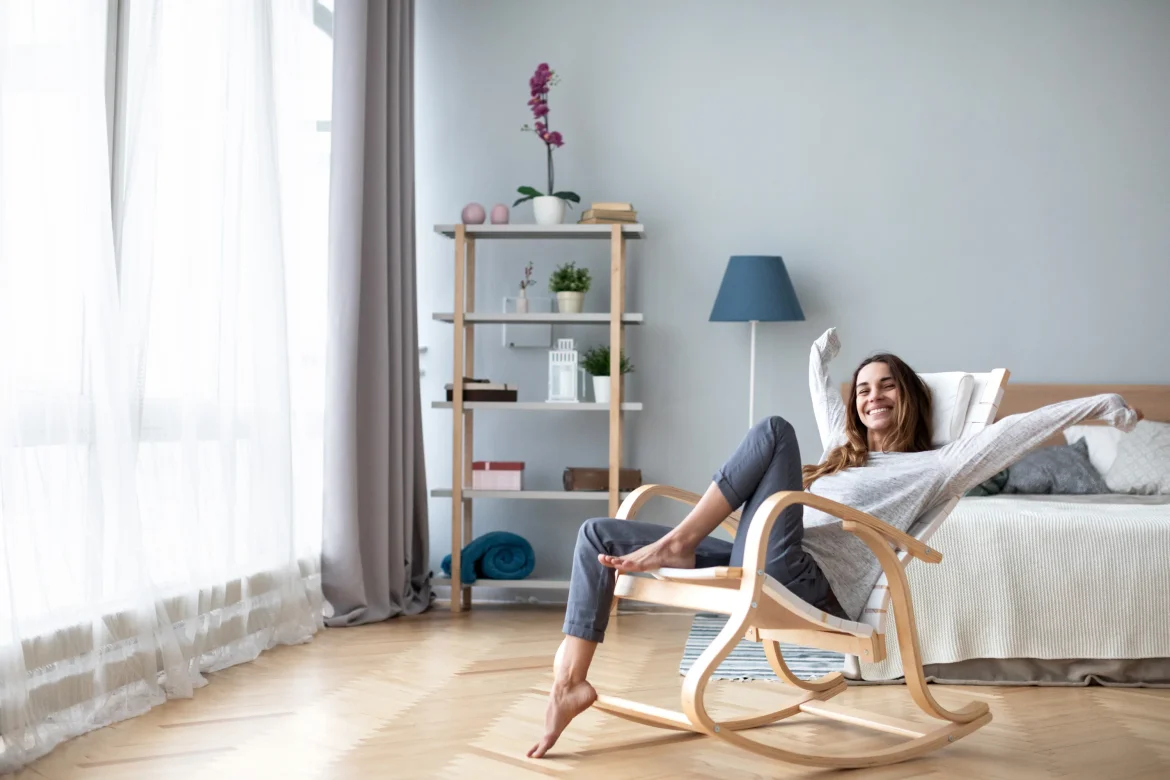Smartphones, tablets, and smart devices have revolutionized home life. We can video chat with distant relatives, automate lights, track groceries, and stream entertainment 24/7. But with this convenience comes a new challenge: maintaining healthy boundaries between connection and distraction.
Too much screen time — especially unstructured or passive use — can erode family interaction, sleep quality, and attention spans. Children, in particular, are sensitive to overexposure, which may affect emotional regulation and development. Adults, too, often find themselves scrolling instead of engaging, multitasking during meals, or working long past dinner on their laptops.





